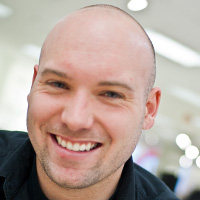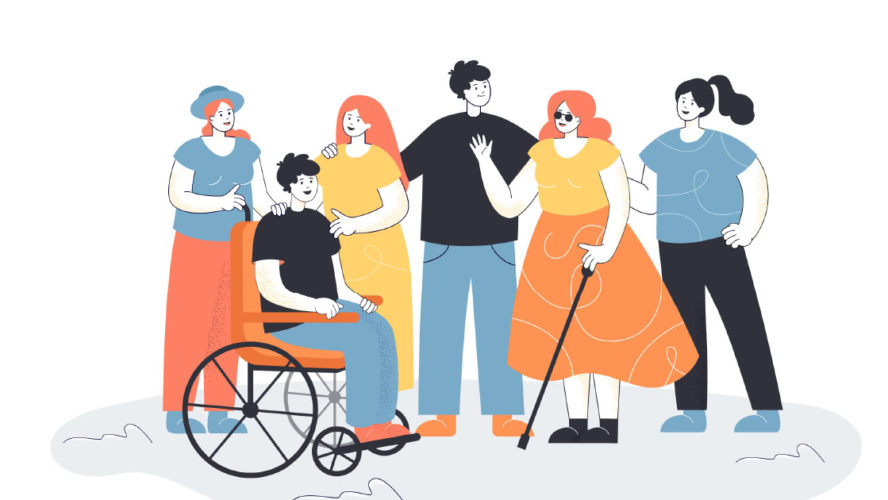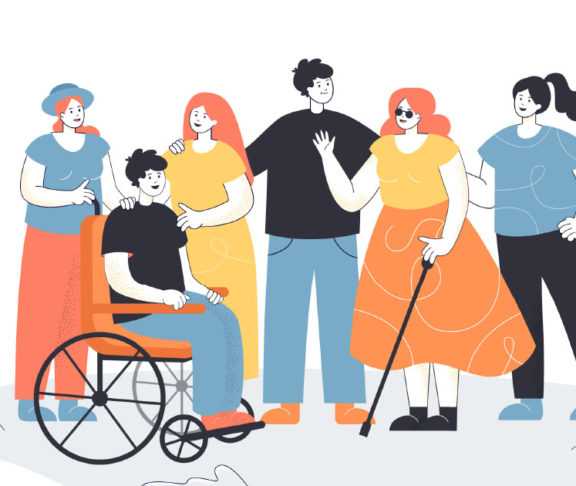
Matthew Shaw
Founder, Disability Solutions
Accelerating change will require new ways of thinking to ensure that humans flourish in the Canada of the coming decade.
Allow me to make a case for one solution to increase well-being and prosperity: that we reframe our understanding of disability to create a powerful engine for compounding human contribution.
First, we need to acknowledge that the experience of disability is complex, unique, and deeply personal. Much of our disability discourse has focused on and must continue to ensure that people with disabilities are supported and fully valued as citizens.
To our shame, the dominant view of disability in our culture was once one of inadequacy and limitation. In this view, disability is a stigmatizing experience grounded in the perceived inadequacies and impairments of the person.
Thankfully, our cultural perception of disability is evolving. Today, disability discourse understands that disability, as a state or condition of human experience, arises not from any failure of a body or self’s ability to adapt to the world but from the world’s failure to adapt to the varied needs of individuals.
This profound shift opens the door to a powerful new way of conceptualizing disability as an operating system offering all perspectives, strategies, and key measures to guide how we interface with the world.
In this operating system, disability is a complex phenomenon that arises from a mismatch between an individual and the external world. Functional mismatches between self and environment create physical, attitudinal, systemic, or technological barriers that unfairly restrict participation in that world.

We generally intend our world to advance, not deplete, the human ability to pursue and achieve individual and collective goals, whatever they may be. Mismatches, then, are a grand failure of systems design. For individuals, they impinge upon rights and freedoms and produce inequality. At the societal level, they create, in terms of physics, a drag–friction that slows, reduces, or eliminates the potential for human capital to compound.
No two words in the English language sit alongside one another, quite like disability and accessibility. When we talk about accessibility, we’re usually describing a quality or attribute, the openness of any one thing to be participated in or experienced fully by anyone. It’s often used to denote the tangible experiences of things — buildings, websites, and so on — and situated in the context of human rights and equal access.
In this operating system, accessibility evolves to contain another important meaning as a measurement of the degree to which friction exists in any given element of the system — frictional costs eroding the efforts and return on investment of human ability.
These are useful insights. They provide a foundation to qualify and quantify the economic and social drag of barriers on human contribution.
In turn, they may inform the purposeful design of law, policy, business, social service,s and economic/social incentives that measurably amplify, rather than diminish, all human efforts toward health, wealth, and well-being. Failing to harness these principles in world-building comes with enormous opportunity costs.
Consider that, as a market force, nearly 25 per cent of the population, globally and here in Canada, lives with a disability. These people do not live in a vacuum. They’re embedded in networks of families, friends, and communities, billions of nodes in a linked and global system influenced by disability.
Within this linked system, disability impacts billions of decisions about how people live, work, spend, socialize, and otherwise act in the world.
Yet, through basic cognitive errors in our conception of disability, we’ve completely ignored, across nearly all domains, the implications and opportunities this force provides.
As a source of potential energy, it’s a swift river without a turbine.
A rising tide raises all boats, and disability is an equal opportunity experience. It permeates all categories by which individuals confer identity, including age, race, sex and gender, class, religion, or the places we choose to call home. Its population and distribution are fluid. Its experience is neither binary nor static and can happen to any of us at any moment. All of us, as we grow older, converge inevitably toward it.


